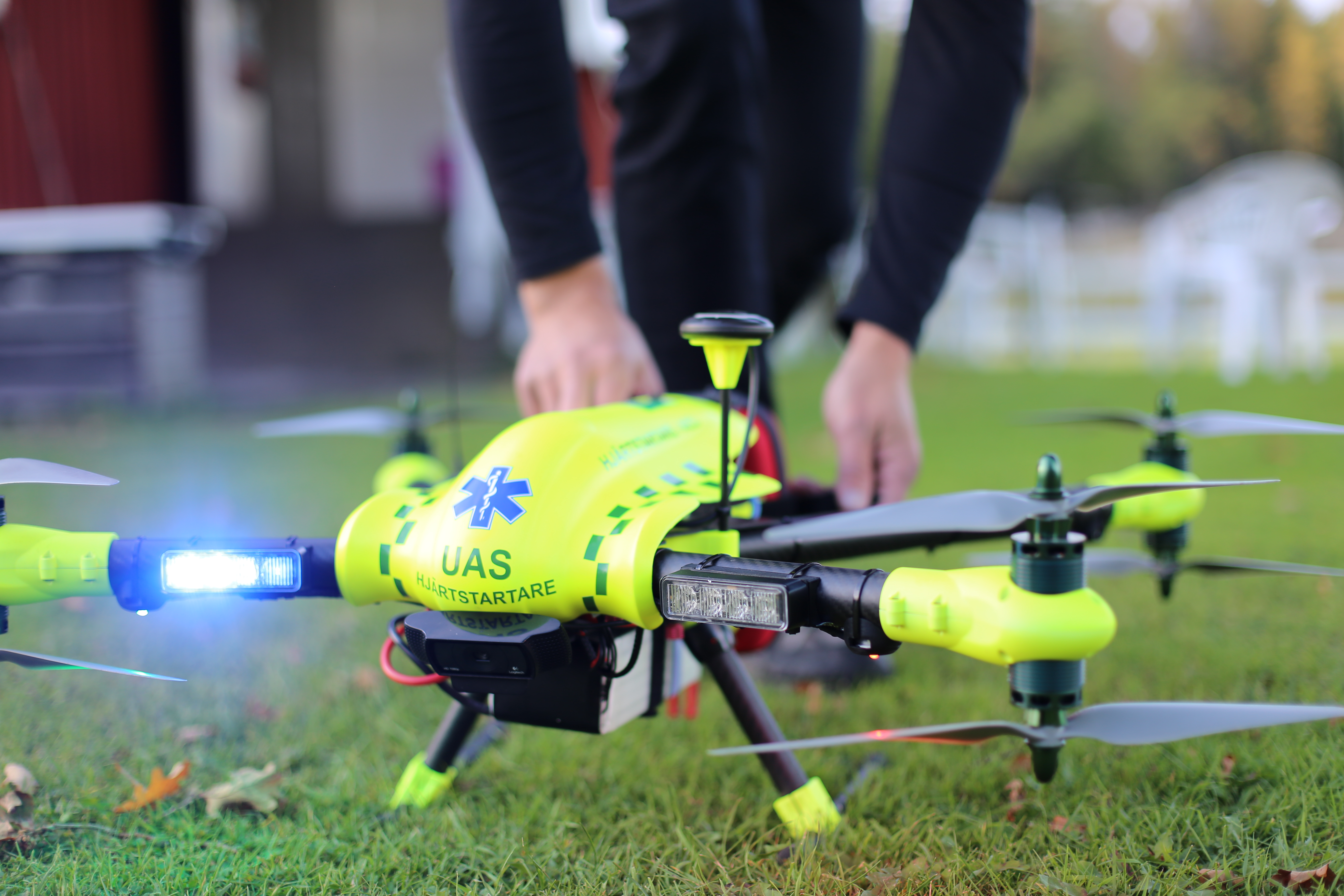Professor Derek O’Keeffe, from the National University of Ireland, Galway, started the Diabetes Drone project in 2017 after he noticed that many of his patients were unable to reach his clinic due to flooding caused by Hurricane Ophelia.
People living in remote geographic areas can become isolated for several days if the roads into their communities are blocked by snowdrifts or flooding. This can create a medical emergency for those with diabetes if they run out of glucagon or insulin, the lifesaving medications that help manage their blood sugar levels.

In Ireland and the UK, one in every 16 adults is currently living with diabetes. Climate models suggest that severe storms are becoming more frequent and there are many people who could be put at risk if a natural disaster prevents them from restocking their medications.
Professor O’Keeffe realised that drones could provide a technological solution to this problem.
Drones had already been tested around the world for deliveries of other medical supplies, including defibrillators and vaccines, but had not yet been trialled to carry insulin or glucagon.

After a year of planning and collaborating with university and industry partners, the Diabetes Drone team was ready for their first test flight in September 2019.
The drone, named the Seagull, took off from Connemara Airport and travelled more than 21 kilometres to Inis Mor, one of the Aran Islands off the west coast of Ireland. It then carried a blood sample back to physicians on the mainland.

The Seagull’s flight was autonomous beyond visual line of sight, or BVLOS, meaning it was out of the researchers’ sight for most of its journey. To make sure the flight was progressing according to plan, the team monitored the drone using a mobile phone network.
The successful test marked not only the first time a drone was used to deliver diabetes medication, but also the first time a drone was in contact with air space regulators throughout an autonomous BVLOS delivery.
While the Seagull remained autonomous throughout the 43 km round trip, there were teams of researchers at either end of the flight path to ensure the take-off and landing happened safely. They also made sure that the insulin and glucagon were dispensed and transported according to health and safety regulations and scheduled the delivery to occur between commercial flights to limit any disruptions.
While the Seagull’s flight was experimental, it demonstrates that with careful planning, drones could make regular deliveries of medical supplies and help ensure that people around the world have fast and reliable access to the medications they need.
See the insulin and glucagon pens that were used in this successful delivery on display in our Tomorrow’s World gallery alongside our free exhibition Driverless: Who is in Control?.
You can discover more in Medicine: The Wellcome Galleries, the magnificent new home for the most significant medical collections in the world.
